|
In recent years Ospreys have increased both as breeding birds and a wintering species in Cadiz Province. Their recolonisation as a breeding species was assisted by both a successful introduction programme and the proliferation of reservoirs (embalses) in recent decades. In 2009 Liz and I were fortunate to be shown the site where young birds were being 'hacked' into the wild by our good friend Luis-Mi Garrido Padillo. Breeding Ospreys are now easy to see on many reservoirs in the province and are now a familiar sight on coastal wetlands on passage and in winter. The results of the most recent survey of wintering Ospreys in Iberia have just been published. It found that just over 40% of Iberia's wintering Ospreys were found in Andalucia (and another 40% in Portugal) and, of these, the majority were found in Cadiz Province. Full details of this survey (in English and Spanish) can be found here.
0 Comments
Rufous Bushchats are notorious for two things, arriving late in the year and having more names than Grant Shapps.* If you read the text books, what's now formally known as Rufous-tailed Bush Robin only arrives in Spain in mid-May (or even later in early June). Whilst broadly true, that doesn't mean it's pointless to look any earlier. This year I looked on 30th April and my optimism was rewarded by finding one (at 'd' on my map) and a few days later I located a second one singing from its favoured pomegranite tree (at 'b'). I've also had them here in the second week of September.  I couldn't resist photographing these poppies although the RBC I heard in April was behind me! I couldn't resist photographing these poppies although the RBC I heard in April was behind me! Bushchats can be found anywhere in the vineyards to the north and west of Trebujena and a few can be seen in the vineyards to the south towards Jerez de la Frontera. Don't let their status here fool you, this is a bird in big trouble which has been declining for years (so act accordingly and don't use playback). I habitually look for them by arriving early via 'a' and slowly driving around to 'b', 'c; and 'd' with the option turning along the road by the cemetery ('f') to repeat the process if unsuccessful on the first circuit (I never have been!). Alternatively, you can take the narrow but well surfaced road (e) over the brow of the hill which passes through more suitable habitat and offers a great view across the Gudalquivir towards the Coto Donana. Others have seen them along the road and tracks at 'g' (and the habitat also looks suitable at 'h'). If you're in any doubt that either you're in the right place or that the locals take pride in their birdlife, just look out for the helpful ceramic signs!  As I've noted previously, many of the locals in Trebujena know the species well and are proud that they host one of the largest populations in Spain. They'll even go out of their way to help you find one! Such a benign and positive attitude towards conservation is fantastic so please reciprocate by behaving sensibly. * for non-Brits reading this Grant Shapps is a British politician infamous for using several pseudonyms - .Michael Green, Corinne Stockheath and Sebastian Fox - in his business dealings. In addition to the names used above the species has also been called 'Rufous Warbler' and several variations on the bush chat/robin/rufous tail' theme.
Before the advent of motor vehicles and good roads, trade was carried out in mountainous areas of Andalucia via narrow paths with goods carried on the backs of horses and mules. Distances now covered by car in hours then took a whole day or more to negotiate. This was fine if the weather was good and the distances between villages were not too great but in more remote areas simple refugios provided basic overnight accommodation or shelter during storms. A taste of what these places must have been like can be gained by reading Peneleope Chetworth's book "Two Middle-Aged Ladies in Andalusia" (1963) which recounts her travels on horseback in the high sierras north of Grenada in 1961. Astonishingly, as late as the 1960s tabernas in remote areas operated much as they had done for centuries by catering for travellers on horseback. I've been able to find out little about the simple but handsome Refugio de Libar but I'm told that it was constructed in the late 1700s and facilitated trade between Montejaque, Cortes de la Frontera and other villages in the area. It is under the care of Montejaque council and still open for overnight stays by arrangement with them (although I've been unable to discover further details). There's a basic communal kitchen, dormitories and, presumably, bathroom/toilets of some sort. It would certainly be a magical experience to stay here overnight and awake to that gorgeous view. Without exception, every visitor I've taken there has agreed that it was one of, if not THE, highlight of their stay and one even called it a "spiritual experience" rating it amongst the top 3 sites he'd ever visited. The route up from Montejaque provides some excellent birding with Blue Rockthrush, Rock Sparrow, Woodlarks and Black & Black-eared Wheatears (although the latter two have, I think, declined in recent years). As with anywhere in the Parque Natural de la Sierra de Grazalema, the skies should be scanned for vultures (Griffon & Egyptian are regular and both Ruppell's and Black have been reported), eagles (Golden, Bonelli's, Booted and Short-toed) and other raptors. The open woodland below the rocky scarp face a few hundred metres beyond the Refugio is the best place I know for Orphean Warbler which are most easily located when in song. Apps and websites make it easy to familiarise yourself with their song but I still find mnemonics helpful and to me the closing phrase always sounds like "hurdy-gurdy-gurdy". In winter Alpine Accentors inhabit the meadow by the Refugio. This is a wonderful place and well-worth the tortuous 1 hour 45 minute drive from Alcala de los Gazules and even the 2 hour 10 minute drive from Tarifa. One day I'll be more organised and stay in Montejaque for a couple of nights (if not the Refugio itself) to enjoy the place at dawn and without the prospect of a long drive home. When I first visited Spain with a group of birding friends in 1970, I was blissfully unaware that Dupont's Lark bred there (and perhaps of its existence at all). I was in good company none of the birding community back then knew it inhabited Spain. It didn't feature in The Atlas of European Birds (Voous 1960) and Peterson, then the only European field guide, told me it was a rare vagrant from North Africa. Even if it had acknowledged its presence in Spain, the few lines describing it would have been of little use without an illustration to back them up. The next two European field guides to appear, Hamlyn (1971) and Heinzel et al (1972), did illustrate it (badly) but the accompanying maps showed it was only found in North Africa so looking for them in Spain still wasn't on the agenda. It wasn't until a paper entitled "Dupont's Lark in the Spanish Steppes" appeared in British Birds in February 1983 that the species' presence in Spain was widely recognised. Re-reading that paper, the authors seem rather coy about admitting that the local Aragonese birdcatchers knew more about Dupont's Lark than eminent ornithologists who really didn't have a clue that, rather than a rare vagrant, it was part of the area's breeding avifauna until they spoke to local birdcatchers. Quote: "The lack of sightings and records of Dupont's Lark Chersophilus duponti in the Aragonese steppe-lands of northern Spain in the last 20 years led us to think that this species was in a precarious situation in the country bordering the Ebro valley .... This century, in Aragon, there had been only three records: in 1918, 1967 and 1974. Dupont's Lark was, however, well known to birdcatchers in Saragossa province where, up to the 1960s, it was frequently caught and killed in the traps ... In that period, between 4 % and 6% of the larks killed in traps were 'rociines', an onomatopoeic name, very suggestive of the bird's song, by which Dupont's Lark was known in the region. With the widespread ploughing of the steppes since 1960, Dupont's Lark seemed to have disappeared, and no birdcatchers had given us any information on or reported captures of it since 1973". It was only in 1980 that the population was discovered by the birding community and its true status realised. In fairness, it should be recognised that Dupont's is much harder to see than other larks preferring to sing before it's light and run rather then fly. The 4th edition of Peterson (1983) was quick to correct the record but was rather vague about where it was found. Iberia is exceptionally blessed with unique wildlife whether they be plants, reptiles, amphibians, mammals or birds. Amongst the latter are about a dozen species whose European range is entirely (or almost so) on the Iberian peninsula and three species - Iberian Green Woodpecker, Iberian Chiffchaff, Spanish Imperial Eagle - that essentially breed nowhere else in the world. Happily, most of these 'special' birds are not too challenging to see but, unsurprisingly, given its habits and history, Dupont's Lark. I'd tried to see them once back in 2001 but my attempt was hampered by not knowing precisely where to look and having little idea, beyond a wordy description, what they sounded like (plus a cold and reluctant wife for company). The Hamlyn guide's description of the song as "contains rasping notes" was vague and misleading. Heinzel did better by calling the song a "double whistle on a rising scale, hoo-hee". Peterson did better still describing the song as "short high, musical and nasal phrases, the most distinctive being "dzee-too-see" but, frankly, such descriptions make little sense until after you've heard the real thing (and often not even then). Roll on to 2024 and the difference in the availability of information is startling. Dupont's Lark has now accrued over 2,000 observations (mainly from Spain) on eBird and Xeno-Canto lists 141 "foreground recordings" of the species. Even so, Dupont's still has a certain mystique and a reputation of being hard to see. Accordingly, I jumped at the chance to join my friends Brendan Ryan (who'd previously missed the species several times elsewhere in Spain) and Nigel Jarman (who only seen one silhouetted in song flight) this April to look for the species. With their field skills and hearing - I was uncertain if I'd be able to hear the species - I hoped we might catch a glimpse of this retiring species. I contacted my friend, Peter Humphries (resident in Madrid), for information whilst Brendan dug into eBird for likely sites. The conclusion was that we'd try for the bird at a site near Ablitas on the border of Navarre and Aragon, just over a three hour drive from Madrid airport. (Getting to the well-known Hoces del Rio Duraton site for the species would take half as long but Ablitas seemed the better bet (and there was an excellent low-cost Bed4U hotel only 15 minutes away in Tedula). We arrived at Ablitas mid-afternoon to begin our search along a series of dirt tracks crossing what seemed to be perfect habitat - low dry scrub (see photos). Unfortunately, although we saw a few larks and other species, we heard and saw no sign of Dupont's Lark until dusk. Then several birds started to sing along the track we'd spent much of the afternoon investigating. Nigel and I caught a glimpse of a bird scurrying around where one had been singing and as dusk gave way to darkness, I had a brief view of a vague shape sitting up on a rock from the direction of a singing Dupont's. Disappointing, but at least we knew we were in the right area! We arrived the next morning before it was light and were treated to a chorus of 13+ Dupont's Lark singing away along the track in the dark. As the light grew most of these birds fell silent, but one continued to sing unabated. After some anxious moments, Brendan spotted the alaudine chorister on top of a small rock. This bird proved to be surprisingly showy changing its song perch several times as we watched. Although the bird mainly sang from the ground using small boulders or low bushes as song posts, it also launched itself into its song-flight several times. Far from the mere glimpse I had feared, the bird favoured us with excellent 'scope views. Against all expectation, I even managed to get some decent photos and video footage with my bridge camera (Nikon Coolpix 900). I was both surprised and delighted by how clearly I could hear it singing (probably helped by my inability to detect other songsters!). We returned the next morning for a repeat performance and the bird duly obliged. This time, we also had views of two birds as they sprinted through the low scrub. Only the word "sprint" will do as "run" hardly does justice to the speed and acceleration that the birds demonstrated. They're not so much larks as mini-Roadrunners. Walking along an old track to a distant ruin, managed to locate a third bird singing a couple of hundred metres away (see photos). I've since read that Dupont's will often sing during the day but we had heard none the previous afternoon and 80% of the birds here fell silent shortly after dawn. So my advice is to get there pre-dawn to work out where the birds are singing and then quietly scan from the track (perhaps using you vehicle as a hide) for any movement.  Sadly, Dupont's Lark is in trouble. As noted above we had at least 13 songsters along a couple of kilometres of track at Ablitas. There seemed a lot of suitable habitat for the species in the area but evidently the birds we heard represent a third or more of the local population. Nationally, a recent survey found just under 2,300 territorial males but this figure gives an over optimistic picture as males outnumber females. Research in 2018 suggested that there were only 1,200-1,400 pairs and that the population is falling at about 4% per annum. The primary cause of decline seems to be habitat loss and fragmentation leaving many sub-populations vulnerable. Even the population at Ablitas may be at long-term risk as it is relatively isolated and the indications are that genetic exchanges between populations are low. Unless urgent remedial work is undertaken it looks likely that the species will soon become extinct in Andalusia, Valencia, Murcia and Cataluna. A key problem is that much of the population lies outside reserves and protected areas so at risk from the constant nibbling away of its habitat. Having been 'lost' for most of its history it would be tragic to lose them entirely. For a species list of what we saw and some better photos look at eBird Checklist - 14 Apr 2024 - 31523, Ablitas ES-Navarra 41.95917, -1.61279 - 23 species Marismas de Trebujena & Henares and Pinar de Algaida  A "map" of the new reserve taken from new information board. A "map" of the new reserve taken from new information board. Marismas de Trebujena The new reserve on the Marismas de Trebujena continues to be developed and now features a car park and a noticeboard. The (translated) text on this reads as follows: The Esparraguera marshes, in Trebujena, were transformed in the middle of the last century by means of a drainage system for cultivation, an operation that failed due to the high salinity of the substrate and its excessive clay content but which left the soil profoundly altered. hydrological and ecological functioning of the system. In this context, the Junta de Andalucía has recovered some of the old pikes (fresh or brackish water lagoons) with the aim of conserving the biodiversity of the area, especially by recovering one of the main nesting areas for bird species. aquatic species such as Marbled Duck (Marmaronetta angustirostris), Red-knobbed Coot (Fulica cristata) or White-headed Duck (Oxyura leucocephala). These wetlands will also help to recover the functionality of the Guadalquivir estuary by functioning as refuge and fattening areas for fry of the numerous species of fish and crustaceans that develop in the estuary and helping to laminate the floods that occur in winter. Finally, this action also pursues the development of business initiatives linked to nature tourism and the sustainable extraction of renewable resources (shrimp, salicornia, etc.) that help diversify the current uses of the region. Enjoy these spaces but do so with respect and caution: remember that you are in a sensitive system whose conservation depends on everyone. Do not abandon the trails and, if your dog accompanies you, remember the importance of always keeping him on a leash". As can be surmised from this information, it seems that the footpath across the reserve will be open access to all. The reserve currently remains in a raw state and unvegetated but should be much improved by 2025. The map on the information board would have been scorned by my old Geography teacher, Mr Clowser, as merely a pretty picture as it has neither a scale nor a simple compass rose. An added confusion is that you're facing south as you look at the information board and, since the map is conventionally organised with north at the top, you have to mentally turn it upside down to orientate it with what you see! Marisma de Henares The viewing screen at Laguna de Tarelo is a popular place to catch up with White-headed and Marbled Ducks and view nesting Spoonbills (which seem to have displaced most of the smaller egrets and herons that nested on the island). Those using my guide and savvy birders have long appreciated that the laguna could also be viewed from an unofficial viewpoint along Calle 'N'. As long as you pull well over to allow tractors and attendant agricultural machinery to get past, the locals don't seem to mind you parking here for a while. The birds might be less forgiving so be careful not to disturb them. A decade or more ago when I started writing my guide I continued along Calle 'N' but found a sturdy pair of gates behind the laguna prevented further progress both on foot or in a vehicle. However, these gates have now been removed so you can drive along the track behind the laguna, turn left and then pull off where the track turn right. From this third viewpoint, you can scan across the salinas for Marbled Duck (which seem to like the wetter areas) and across to the Marisma de Henares for Flamingos and waders. This is a quick alternative to driving around to Bonanza if you want a 'wader fix' but take care to view from a distance to avoid unduly disturbing the birdlife. Whether this route will remain open for long remains to be seen but the farm workers didn't seem to object to my presence here.  Pinar de la Algaida. The track through the Pinar de la Algaida and on to the Guadalquivir is now in an extremely poor condition and a couple of winters with heavy rain could make it undrivable in anything other than a 4x4. Fortunately, an alternative route exists to reach the far end of the pinewoods via Calle 'G' which is not only in better condition (currently!) but affords good 'scope views of the large Spoonbill colony that has developed at the northern end of the woods in recent years. This area also holds nesting White Storks and Black Kites. Visitors should avoid disturbing these birds and the area is out of bounds in the breeding season (see photos below). Note that reports of Azure-winged Magpie at this once reliable site continue to be very sparse. Note that the track which continues north to the river is, if anything, worse than that through the woods (although mercifully much shorter) so great caution should be used when using it. Once you reach the river the condition of the road improves particularly after the car park for the new reserve. Hopefully this new facility will encourage the authorities to improve the route. Restoration of the Marismas de Trebujena 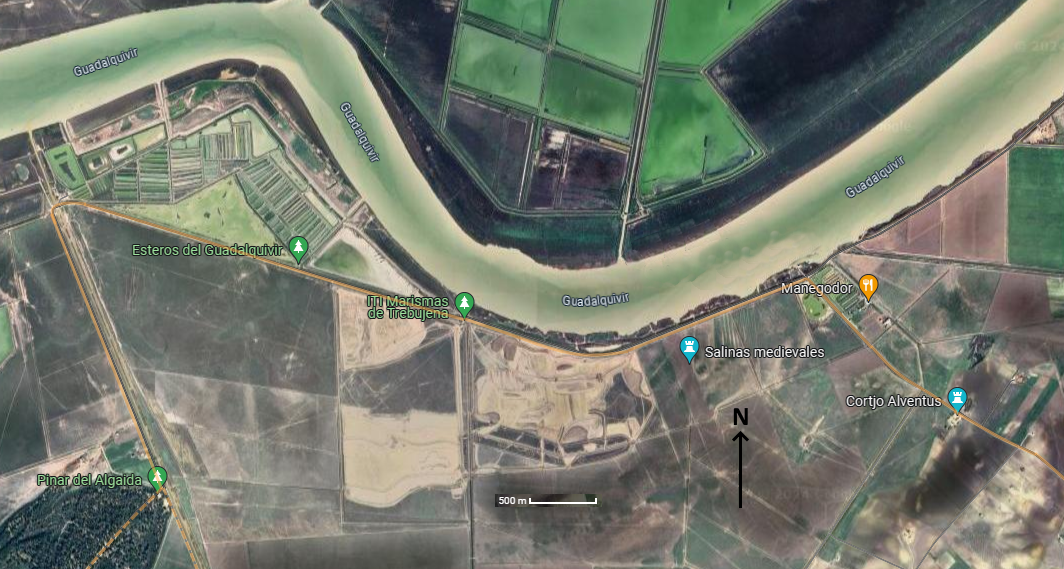 The scale of the project can be appreciated from this GoogleEarth image The scale of the project can be appreciated from this GoogleEarth image I wrote about the exciting development of a major reserve due to open this year (2024) on restored marismas in a previous post (More cheers for Trebujena! (weebly.com)) so I was keen to see what progress had been made with this ambitious project. Looking at GoogleEarth images (see above), I already knew that major earthworks had already been undertaken but there's no thing like seeing things for yourself to get a feel for what's going on. Although I had seen the plans and the GoogleEarth view, I was not prepared for the sheer scale and ambition that was apparent 'on the ground'. The reserve will be vast. My photos are entirely inadequate to the task but I hope that they give some sort of useful impression. The exposed earth is still in a raw state without vegetation as too are the pools but the potential is extraordinary even though I couldn't see the southernmost pools (Lucios ES 3 & ES 4 and Lucios GH 5, 6 & 7 on map below). Several bridges connecting the islands have already been built and, hopefully, the two viewing towers I could see will be supplemented by hides elsewhere. It will take time for things to 'bed down' but it should be a stunning place to visit in spring 2025 - I can't wait! Properly managed - and there's the rub - for both birds and birdwatchers, it will become a mecca for visiting ornithological tourists. Similar reserves on Majorca (and elsewhere in Spain) are managed well for both wildlife and visitors but in my experience Andalucia doesn't have a great track record in this respect, The excellent visitors' centre with an interesting botanical garden near Alcala de los Gazules, for example, has been closed for years (although the buildings have been repainted indicating this may change). Closer to home, the small reserve nearby (where the road turns along the river) seems to be permanently closed but thankfully can be viewed from the road. (I suspect it's role is educational but the new reserve is surely too large for that to be the sole aim). Decent management and access will mean on-going funding to employ a workforce after EU grants have expired Without this investment, due to the huge scale of this new venture, there will be only limited options to do so along the road beside the Guadalquivir.
In short, if well managed this reserve threatens to shift the understandable (but limiting) ornithological ' centre of gravity' away from Tarifa towards the north of the province. Hopefully, the progressive local council in Trebujena will grasp this opportunity whilst visiting birders will repay them by spending money locally! For the past 20 years a sword of Damocles in the form of a plan to build an urbanization of 300 luxury villas, hotels and a golf course has hung over the former marshland habitats beside the Guadalquivir near Trebujena. Lagunas here were drained in the mid-1950s but the land proved unsuitable for agriculture (other than rough grazing) due to its high salinity. In 2003 wealthy Belgian developer, Bernard Devos, hatched a plan to build a tourist complex comprising of 300 villas, a hotel and a golf course on the site (see below). This idea remained officially sanctioned as late as 2019 as the Junta de Andalucía continued to approve of the scheme and the local municipality even modified its plans to accommodate it. At the same time, there were alternative ideas for this site involving the restoration of the marshes (supported amongst others by the excellent ‘Ecologistas en Acción’ organisation and latterly the local government. I’d long been aware of these plans but was prompted to do a little more digging by an article in La Voz del Sur sent to me by my fellow Cadiz birding aficionado Richard Page-Jones (see https://www.lavozdelsur.es/actualidad/ecologia/miradores-observatorios-senderos-resucitara-trebujena-marisma-lleva-seca-siglo_285078_102.html). Happily, the plans for the urbanisation have now been terminally scuppered by opposition from the Confederación Hidrográfica del Guadalquivir (CHG) and staunch opposition from the current mayor of Trebujena, Ramón Galán. The CHG found that the lack of water resources for the macro-urbanization and the golf course made the plan untenable (which environmentalists have been saying for two decades!). This finding was celebrated by ‘Ecologistas en Acción’ in March 2023 (see the photo below from their website). 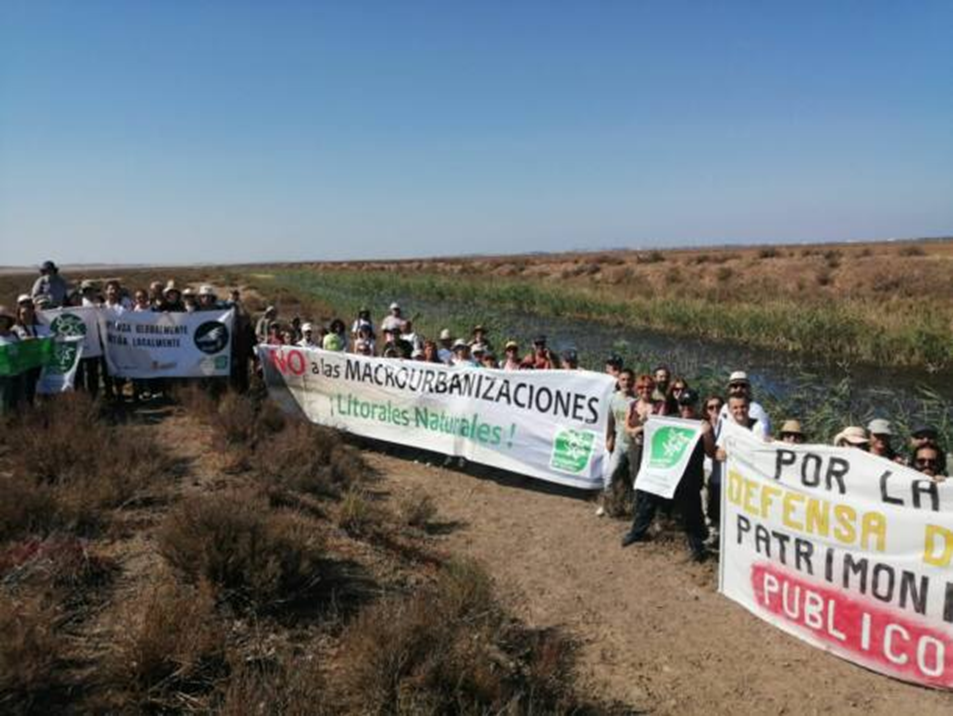 Ecologistas en Acción’ celebrating the abandonment of the urbanisation scheme in March 2023 (photos from their website). Ecologistas en Acción’ celebrating the abandonment of the urbanisation scheme in March 2023 (photos from their website). Click here to edit. The ambitious plans to convert the area to its former status as c700,000 sq. m. wetland with freshwater pools are now well in hand at a cost of almost €2 million (see the map above). The project should be finished in 2024 and will provide viewpoints, bird hides and several large shallow pools (regulated by sluice gates to control salinity). These new pools should be viewable from the CA 9027 as it runs along the northern perimeter of the reserve and from the south via a new pedestrian route giving access (see below). The mayor of Trebujena, Ramón Galán, commented to the media that "This project is very important for Trebujena and we have been waiting for it for a long time," adding that it is "a clear example of collaboration between Administrations to promote a project in a sustainable way in a natural environment. Its regeneration will favour the establishment of birdlife and ornithological tourism." Wise words! Mercedes Colombo, a delegate of the Andalusian Government in Cádiz added that "This diversity of environments (fresh and brackish), and the existence of different levels of flooding, will allow the lagoons to become one of the main nesting areas for the Marbled Duck, a species classified as endangered at the national level. and that has suffered a dramatic decline in its populations in recent years." Details I’ve been able to find online are rather sparse but, frustratingly, photos in the media reports showed that there were plans of the new reserve although they only published distant shots of them. However, this was enough to set me digging for more ... After combing through the internet without success, I turned to searching tweets by the local government (Ayuntamiento de Trebujena - @AytoTrebujena). I eventually found a map (see above) of the development in a tweet (28/09/2023). Unfortunately, the map has an incomplete key which doesn’t explain various red and yellow dots (sluice gates?) and a series of cryptic initials and what is visible hasn’t entirely succumbed to “Google Translate”. However, it does give a good idea of the scope of the plans particularly when viewed in the larger context of the route along CA 9027 beside the Guadalquivir roughly half of which will now enjoy views over an interesting wetland rather than very poor dry habitats (albeit good for sandgrouse!). The size of the scheme can also be better appreciated when compared to the already extant scheme further to the east (see ‘A’ and ‘B’ on my map below). In 2023 I saw diggers and workmen here and, I confess, assumed the worst – a new drainage scheme perhaps. Fortunately, my pessimism has now turned to optimism and the work on the new reserve should be finished in 2024. The two images below (culled from Google) show the area pre-development (from “GH1” and “GH3” - note the access track here). With the possible exception of Tarifa, I know of no other local government authority in Cadiz province (or any in neighbouring provinces) that is so committed to preserving the natural world within their area or with a greater understanding of its importance than the current administration in Trebujena. Similarly, no other authority seems to have a greater grasp of how ‘ornithological tourism’ can be promoted to mutual benefit. Warmest thanks must be extended to mayor, Ramón Galán, and the community of Trebujena for this excellent initiative. As I have noted in a previous blog (see - https://birdingcadizprovince.weebly.com/cadiz-birding-blog-page/spring-2019-update-5-three-cheers-for-trebujena), the community here has commendable pride in hosting the largest colony of Rufous Bushchat (Alzacola rojizo) Spain. The area is already dotted with handsome ceramic signs celebrating the area’s natural and historical heritage. This new reserve shows a further commitment to this ethos and is a most welcome practical step towards the Ayuntamiento de Trebujena’s long term aims. All of this has been achieved with admirable public debate and the support of the local citizens Given this commitment, I’m hopeful that this new reserve will be more easily accessed than the current one. I will give updates regarding access as soon as they are available. In my own small way (via this blog, my guide to birding in Cadiz and my co-authorship of the Crossbill Guide to the Western Andalucia) I’ve been trying to convince people for years that there’s more to birding in the area than just watching raptor passage across the straits. There may be no denying that the raptor passage across the straits is the jewel in the crown but the Guadalquivir littoral is a diadem that shouldn’t be missed. Trebujena makes a great base for exploring this area as within minutes you can explore local hotspots with sought after birds like Rufous Bushchat, Pin-tailed Sandgrouse, Marbled and White-headed Ducks, to the west Chipiona with its colony of Little Swifts (and the potential for joining the regular pelagic birding trips from there) is only thirty minutes away and to the north-east you can be birding the fabulous Brazo del Este in 45 minutes. Best of all, by using Trebujena as a base you support an excellent local initiative. So if you’re a regular to the area or even a new visitor instead of doing the obvious thing and staying along the straits consider splitting your stay between Tarifa and Trebujena – you won’t be disappointed!
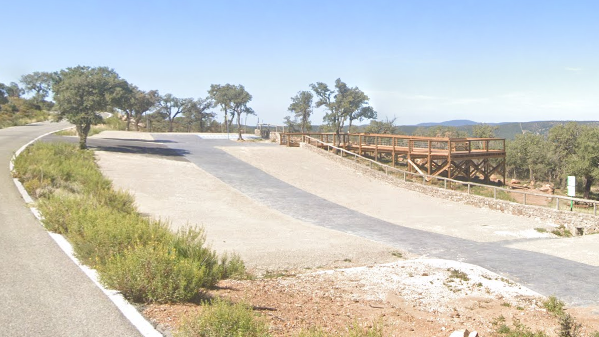 Area Recreativa El Picacho The wooden viewing platform at "Area Recreative El Picacho" (E2.2 a in my guide) is now finished. Whilst it improves the view over towards the vulture feeding station (c1 km distant slightly to the left of the structure), it does not permit views of the station itself. Even so it's a good spot to stop and scan for vultures, other raptors and Ravens (50+ possible) Centro de Interpretación Montes Propios Note that the gate off the CA 503 to this site (E 2.2 f) was closed on my visit in February - possibly also due to increased fire risk noted above. Check locally before driving up to the centre. Charco de los Hurones Note that the road from the CA 503 up to the Charco de los Hurones (E 2.2 h) is currently (March 2024) closed. It's blocked off and a sign reads "Carretera de acceso al poblado cortada por riesgo de incendios y obras" (Access road to the town closed due to risk of fires and works). I'm told that the "works" are to repair the route after a serious landslip. Presumably, as access to the dam is of sufficient importance for it to be repaired in the relative near future although when the fire risk will be at an acceptable level is difficult to say. However, an extended closure may put the venta here at risk of closure. Fortunately, it's not a major site for birds although it is an attractive one. Laguna de Torrox I spent a couple of hours walking around this laguna (NW 12 g/h) one morning and managed to find my 'target bird' - a Red-knobbed Coot. I also had an early Sedge Warbler, an abundance of Chiffchaffs, Serins, Red-crested Pochards, Great-crested Grebes, Crag and House Martins and plenty of Swallows, etc. The western arm of this 'figure-of-eight' laguna had the largest area of reeds so is presumably the best place to look for Purple Swamphen and Little Bittern (I only saw the first here but both occur). Fortunately, the reeds here are less well screened by tamarisk than much of the laguna. The eastern end was a little more open and less enclosed by buildings. Both have small islands on which herons, gulls, ducks and Cormorants rested. Although not a major birding destination this site is an excellent option if staying in Jerez without a car (buses run from the centre to here) or when doing a shopping run. Incidentally, the "Red-knobbed Coot" I saw last year at the Costa Ballena (see below) has now been confirmed as a Common Coot x Red-knobbed Coot hybrid. The clues were there but like most other observers I missed them being seduced by the bluish bill and incipient red knobs! Laguna de los Tercios Given the state of Laguna de Medina (see below), I was surprised that the Laguna de los Tercios (NW 12 f) had any water at all. Mine was a very short investigation but it had a couple of Green Sandpipers, a small flock of Shovelers, Black-winged Stilt and a couple of Flamingo. I had an even quicker look at nearby Laguna Juncosa which proved to be entirely birdless although it did hold some water. Laguna de Medina Laguna de Medina (NW 9) should be full of water (and birds) in late winter but it presented a sorry spectacle this February. What little water remained was very shallow and crowded with gulls (mainly Yellow-legged and Lesser Black -backed Gulls) with a small flock of Shoveler. It was such a sad scene that I didn't linger so their may have been more birds of a greater variety but not the masses of Coots, grebes and ducks there should have been. The blue line in the upper photo indicates the usual waterline. Only a period of heavy sustained rain will rescue the laguna this spring. As it dries out less often than the other lagunas lagunas, its state bodes ill for other laguna complexes (i.e. Lagunas de Puerto Real, de Chiclana, de Espera and del Puerto Santa Maria). Laguna de Jeli (Lagunas de Chiclana) As expected, Laguna de Jeli (NW 13) proved to be bone dry with only a small bare muddy blemish to show where water had been with the rest of the 'laguna' being grazed by cows. Some better news to follow in the second part of this review ...
Of all Cadiz's famous lagunas, the Laguna de Medina is the least likely to dry out. So seeing it last month looking more like a dust bowl than a lake was not a good sign. As I've noted before occasional droughts are what make the lagunas here special as they kill off any carp that may have been deliberately introduced (or arrived from local fisheries in rare times of flood). Having seen so many dry laguna basins this spring (when they should be wet), the state of the Laguna de Medina didn't surprise me. Seeing it in such a state meant I didn't bother to look at any other natural lagunas. Although I've not kept a detailed record, it seems to me that these drought conditions are happening more often and the future of the smaller lakes must be in question. 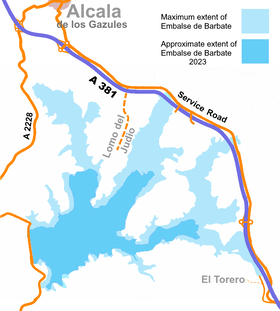 Embalse de Barbate, my local reservoir, was drier than I've ever seen it with the shoreline a kilometre or two from where it was a decade ago. Even a couple of years ago an Osprey's nest on a pylon was surrounded by water but now it's stranded in the middle of what seems a well-established. pasture. Whilst it is a remarkably shallow reservoir, not so long ago much of the area indicated in the photo above (taken from Lomo del Judio) held water rather than just a few distant puddles (circled in red). As my map shows the arms of the reservoir once extended north towards Alcala and eastwards towards the A 381 (and at one point actually extended under that road and the service road beyond). Although natural lagunas were dry, I knew that small abandoned sand pits in intensively irrigated areas, water-works and golf courses were the most likely sites to find any standing water. I didn't visit the latter but I did check out Lagunas de Camino Colarado, Laguna Tarelo and, briefly, Lagunas Martín Miguel (all near Bonanza). Water levels at the Lagunas de Camino Colorado were well below normal so the number and variety of ducks present was lower than usual. I could only find a single White-headed Duck whereas I usually expect to see tens of birds (c20-40) at this site which is a hot-spot for this species, particularly if you want good views. Mallard were the most numerous duck although there were fewer of them than usual too whilst Red-crested Pochard were entirely absent. However, I was very pleased to see five Marbled Ducks dabbling around and resting on the muddy margins. These are handsome little ducks and, when present, this is often the best place to obtain good views. The low water levels were not all bad news as the necklace of smelly glutinous mud around the remaining water seems to be particularly attractive during migration periods to Temminck’s Stint. I’ve seen 13 Temminck’s here in the past but I was well pleased to get good views of five birds (plus a Little Stint) on my visit. The birds were mainly on the two pools beside the Camino Colorado. There were also a handful of Black-winged Stilt and Lapwings here plus a Green Sandpiper and a trio of Purple Swamphens. Walking around to the back pool along the Camino Troncosa, I was disappointed to see that locals continue to use the site as a rubbish dump despite its recent designation as a protected site. This problem has been the subject of protests by Ecologistas en Acción Jerez so it’s disappointing that it continues to be an issue. I’d seen Red-knobbed Coot here in the spring and I knew it was still present but the number of flies was off-putting so I didn’t stay long. There were plenty of Little Egrets and a few Night Herons but I dipped on the coot. My next stop was Laguna Tarelo which is hidden in the pinewoods just beyond La Algaida. This is usually another good spot for White-headed Duck but, unusually, I failed to find a single one here. However, despite the lower than usual water levels the laguna had many more ducks than usual and I was surprised to find so many of them were Shovelers (c400-500). Amongst them were two more Marbled Ducks. Finally, I had a very quick look at Lagunas de Martín Miguel and discovered where all the Coots had gone! Also present were 150+ Glossy Ibis, Great-crested Grebe and a few more Night Herons. One of the most interesting developments in Cadiz birding in recent years is the development of regular autumnal pelagic trips into the Atlantic. It's something I'd advocated for many years so it's good to see my hopes become reality. I managed to go on one last year so I was keen to repeat the performance in 2023. This proved more difficult than anticipated as these jaunts fill very rapidly and all seemed to have been booked during my stay (despite my emailing bird tour companies earlier in the year). Fortunately, an additional trip was organised for 23rd September and I was able to book on to it. Since the pelagic was due to depart at 07.30, I opted to have a day birding around Sanlucar the previous day and stay over in Chipiona at Hostal Andalucia (hostal-andalucia.com/ - highly recommended & very good value at under 40€). I've noted some of the birds I saw in an earlier update but I also visited Montijo beach hoping to catch up with the semi-resident Elegant Tern. I had no luck with my target bird but did see Common, Little, Sandwich and Caspian Terns here plus Slender-billed and Mediterranean Gulls and the usual selection of waders (Kentish, Ringed & Grey Plovers, Oystercatcher, Greenshank, Bar-tailed Godwits, etc). I can also highly recommend the beach-bar (chiringuito) at Montijo not only because the food is good but also because the friendly owner speaks excellent English! 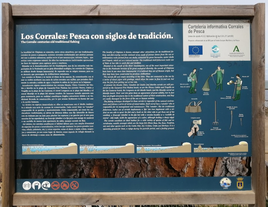 Staying in Chipiona also afforded me the opportunity to explore this pleasant little resort. It boasts the tallest lighthouse in Spain (62m) and has several fascinating ancient fish corrals. The information board about these enclosures reads -The locality of Chipiona is known, amongst other attractions, for its traditional fishing and fish-rearing corrals; enclosed areas made of porous stones from the sea or sedimentary rocks formed from sea shells, connected by goose barnacles, oyster shells and limpets, which act as a natural mortar. The traditional shell-fishermen make use of them at low tide to catch fish and shellfish. Situated at the mouth of the River Guadalquivir, one of the most important estua- ries in the Peninsula because of its great ecological diversity, the corrals of Chipiona have been in use since time immemorial. It is believed they are of Roman origin, but they may have been constructed by previous civilizations. The corrals fill and empty according to the tides. They are connected to the sea by a series of closed pipes with gratings, which allow the water to flow in and out, but stop the fish from getting out at low tide. At present the Hondo, Chico, Canalete del Diablo and Mariño corrals are still pre- served on the Camaron-Tres Piedras beach, as are the Nuevo, Cabito and Trapillo on the las Canteras beach, the Longuera on del Muelle beach, and the Montijo corral on Montijo beach. Their vast size gives them an appearance of great solidity, but in fact they are fragile structures due to the traditional nature of their construction, and they are easily damaged by the force of the sea or human activity. The fishing technique developed in these corrals is respectful of the natural environment and follows a series of norms of conservation. Each corral has a 'catador' who is responsible for its management and maintenance. This 'catador', like the traditional fishermen, makes use of certain implements; a fija' (an iron implement with a trident on one side to spear the fish and a hook on the other side to get them out of the cavities), a francajo' (similar to the fija but with a wooden handle) or a 'cuchillo de marea' -tide knife, (with the appearance of a sabre, although lacking a sharp edge) The corrals constitute an ideal habitat for a wide variety of species of fish and in- vertebrates, notable amongst which are the large fish (Stone Bass, Sea Bass, Pomfrets, etc) and other species such as the Cuttle Fish, Sea Urchins, Crabs and Shrimps, it is a spawning ground for them, a refuge during the juvenile period, and feeding ground. The towns third claim to fame is that it was a victim of a tsunami caused by 1755 Lisbon earthquake. The Lisbon earthquake is largely forgotten today but at the time it had a profound impact not only physically but also politically and philosophically spawning, amongst other things, Voltaire's morality tale, Candide. However, the people of Chipiona have longer memories than most since not only is there a memorial to the event on the promenade but also the place is dotted with signs indicating the best escape route should another tsunami occur. Cautious folk these Chipionites! And so to the pelagic ... We left Chipiona at dawn full of hope and high expectations but our optimism proved to be misplaced as ours was one of the few trips this autumn that failed to score a storm-petrel of any kind or any of the less common shearwaters or skuas. The official tally as published on e-Bird was as follows:- 2 Little Swift 8 Ruddy Turnstone 4 Great Skua 5 Arctic Skua 4 Audouin's Gull 28 Yellow-legged Gull 200 Lesser Black-backed Gull 1 Common Tern 10 Sandwich Tern 4 Cory's Shearwater 7 Balearic Shearwater 18 Gannet 1 Little Egret 14 Glossy Ibis 1 Hoopoe 2 House Sparrow I'm not sure who did the tallying but it seems a pretty accurate record although I had at least 6 Little Swift (all distant) and would put the number of Audouin's Gulls (and possibly skuas) somewhat lower. It's notoriously difficult to estimate the number of birds in these circumstances and my caution stems from noticing a distinctively marked immature gull that drifted in and out of the boat's wake at intervals (20-30 mins) throughout the trip. The big disappointment was that for the second year in a row the chum failed to draw any birds in (although it worked on a small shark!). On the other hand, close views of "Cory's" Shearwater allowed me to note the distinctive features of Scopoli's Shearwater for the first time and honestly tick the species/subspecies. This ID was backed by Michael Bergman's excellent photos (who has kindly allowed me to reproduce them here). I'll be back next year when I hope that the chum does its job and gives me the close-up encounter with storm-petrels that I desire. |
About me ...Hi I'm John Cantelo. I've been birding seriously since the 1960s when I met up with some like minded folks (all of us are still birding!) at Taunton's School in Southampton. I have lived in Kent , where I taught History and Sociology, since the late 1970s. In that time I've served on the committees of both my local RSPB group and the county ornithological society (KOS). I have also worked as a part-time field teacher for the RSPB at Dungeness. Having retired I now spend as much time as possible in Alcala de los Gazules in SW Spain. When I'm not birding I edit books for the Crossbill Guides series. CategoriesArchives
May 2023
|
| Birding Cadiz Province |
|













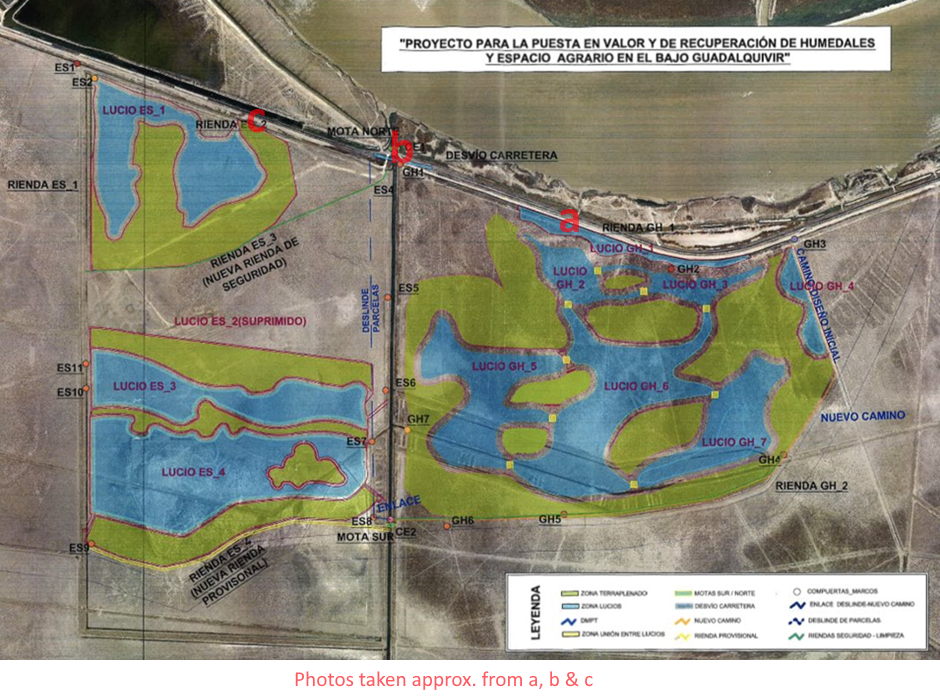
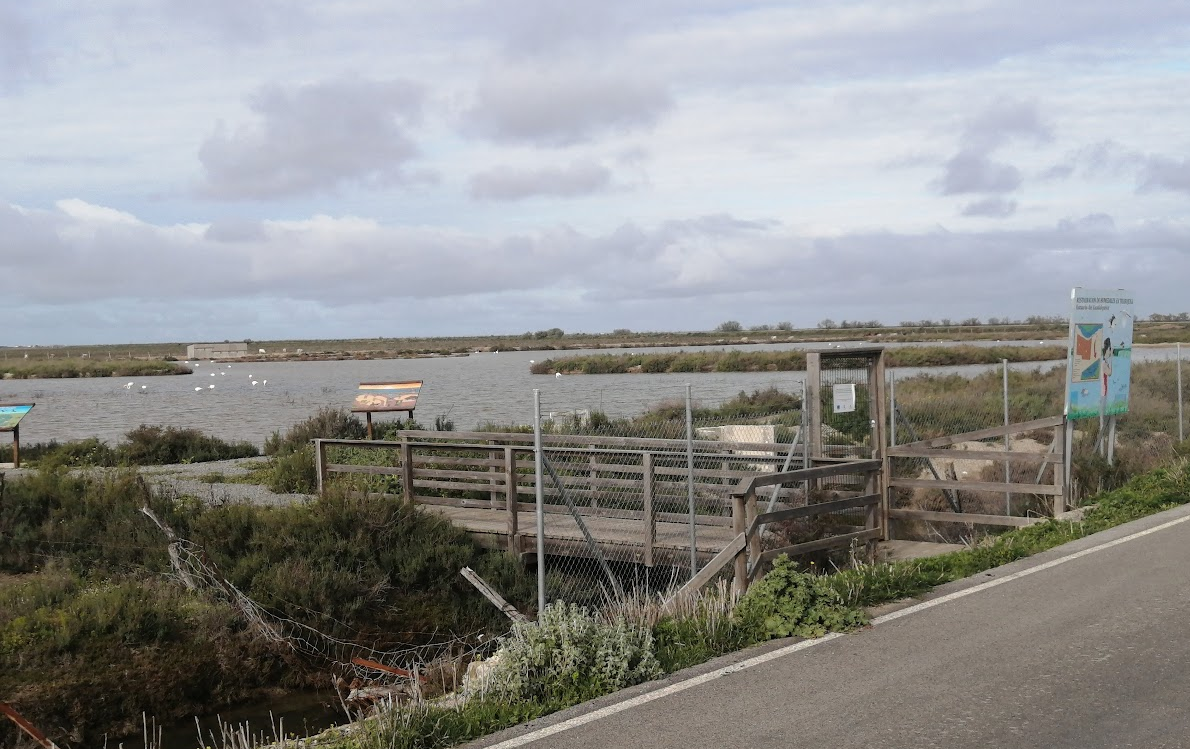
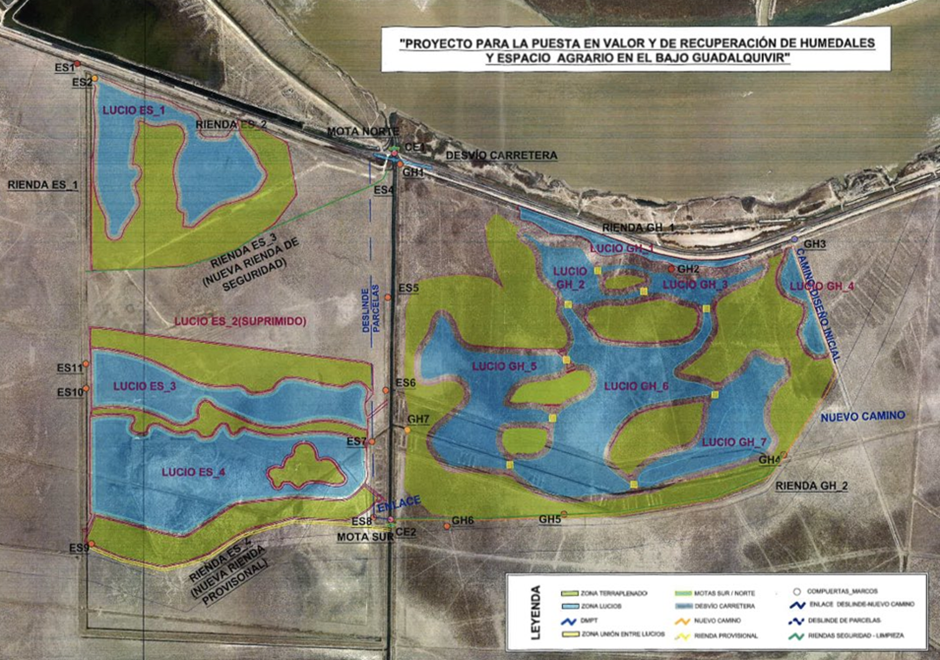
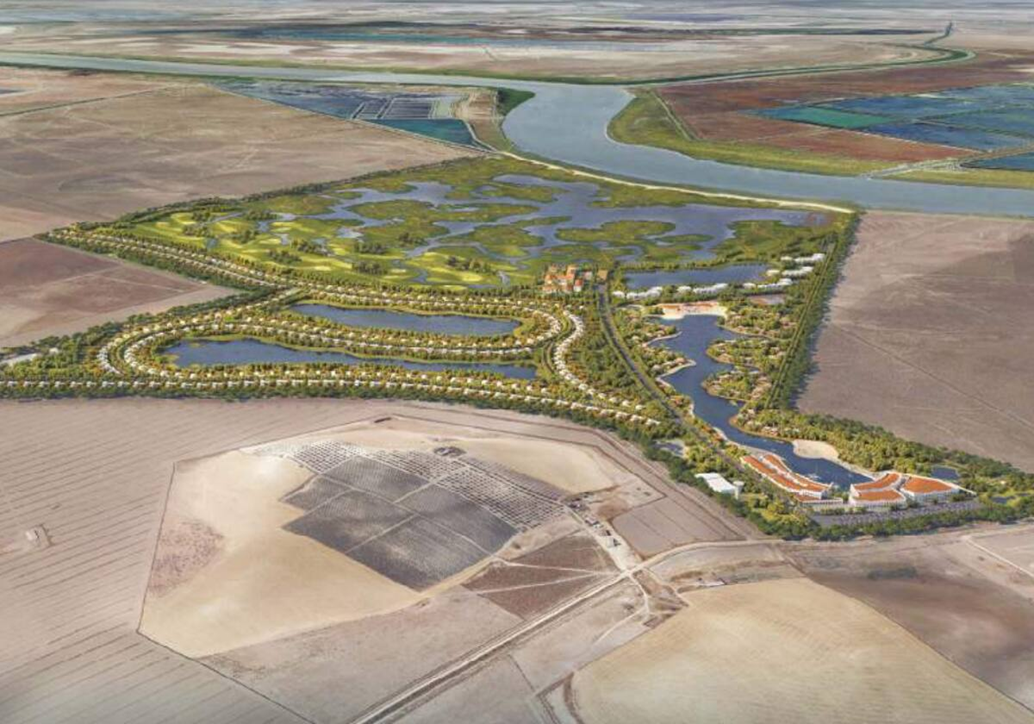
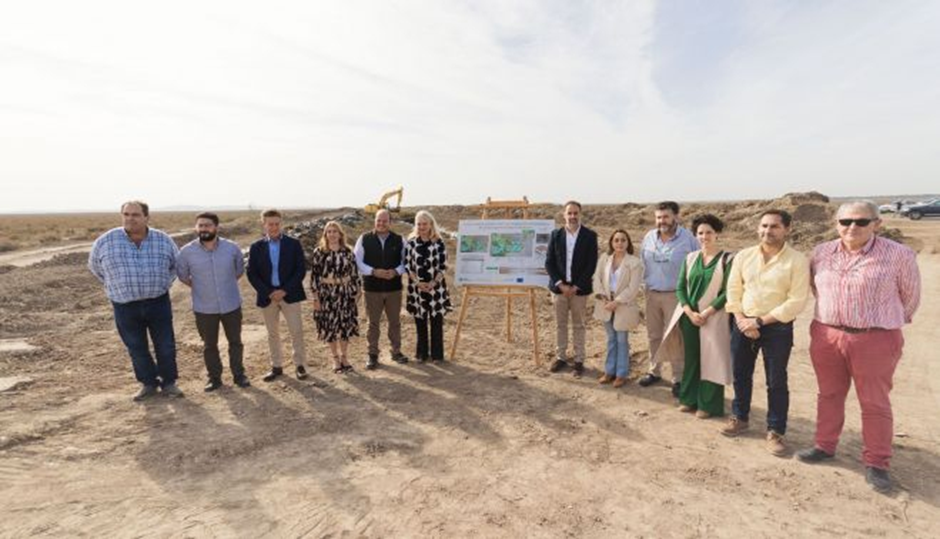
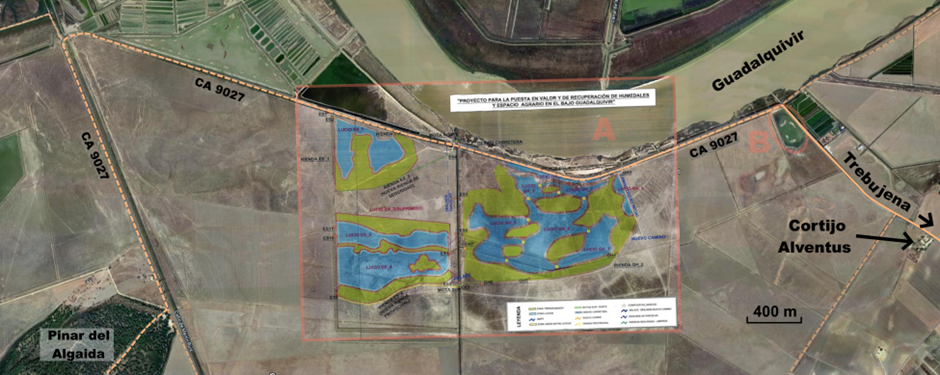
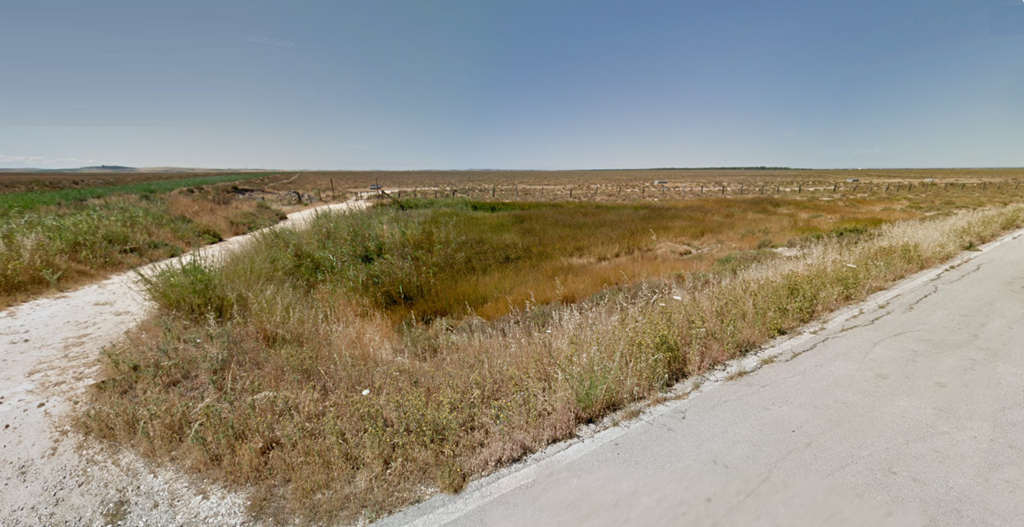
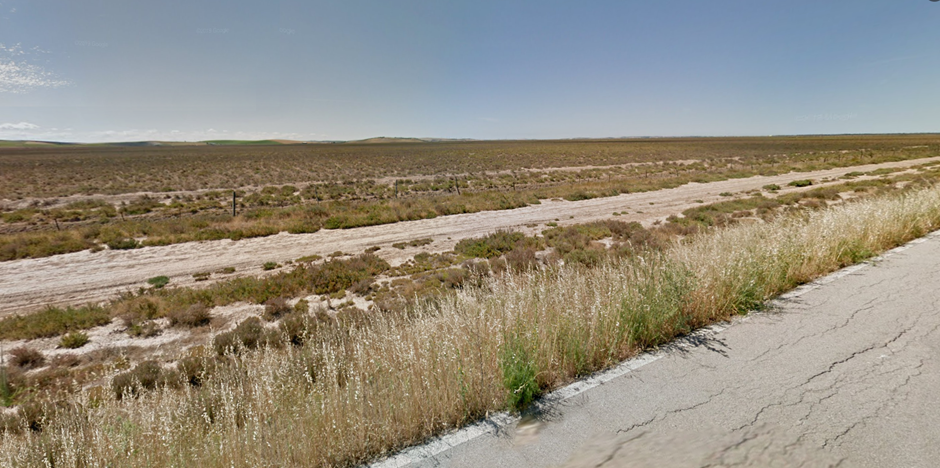
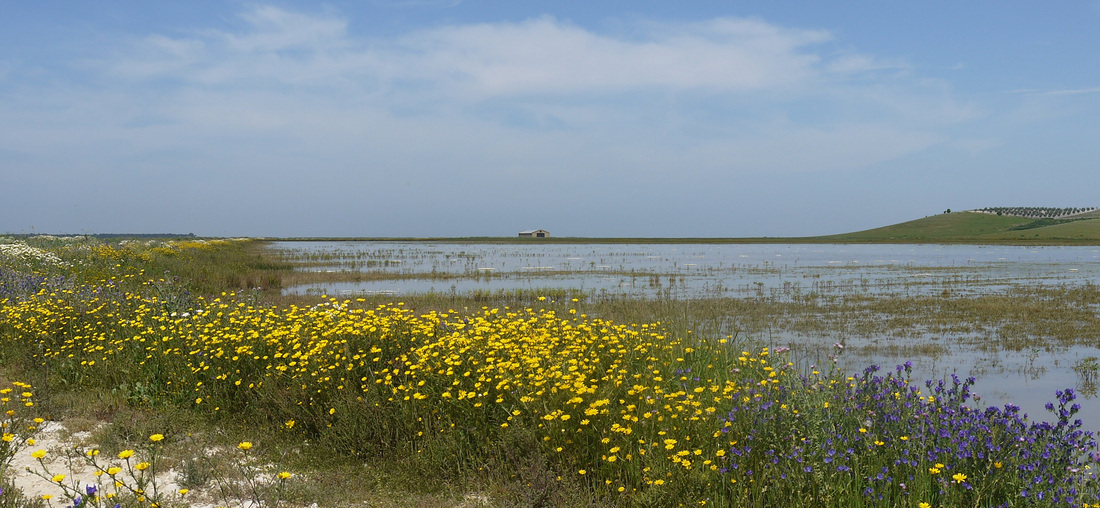
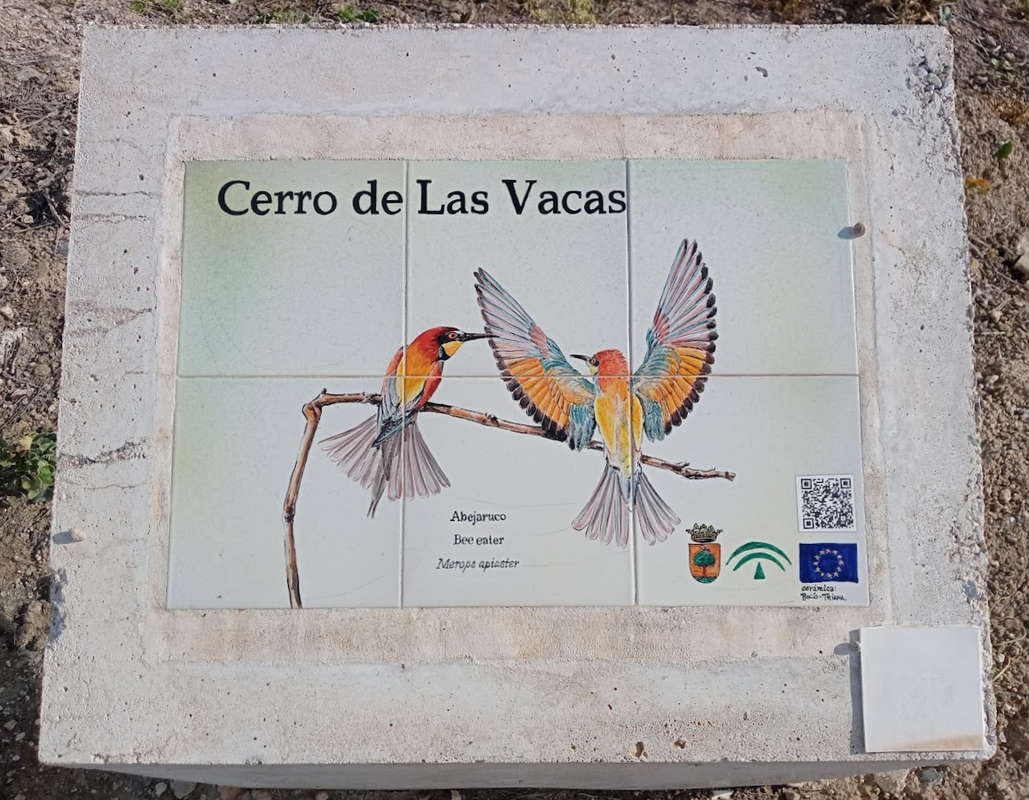
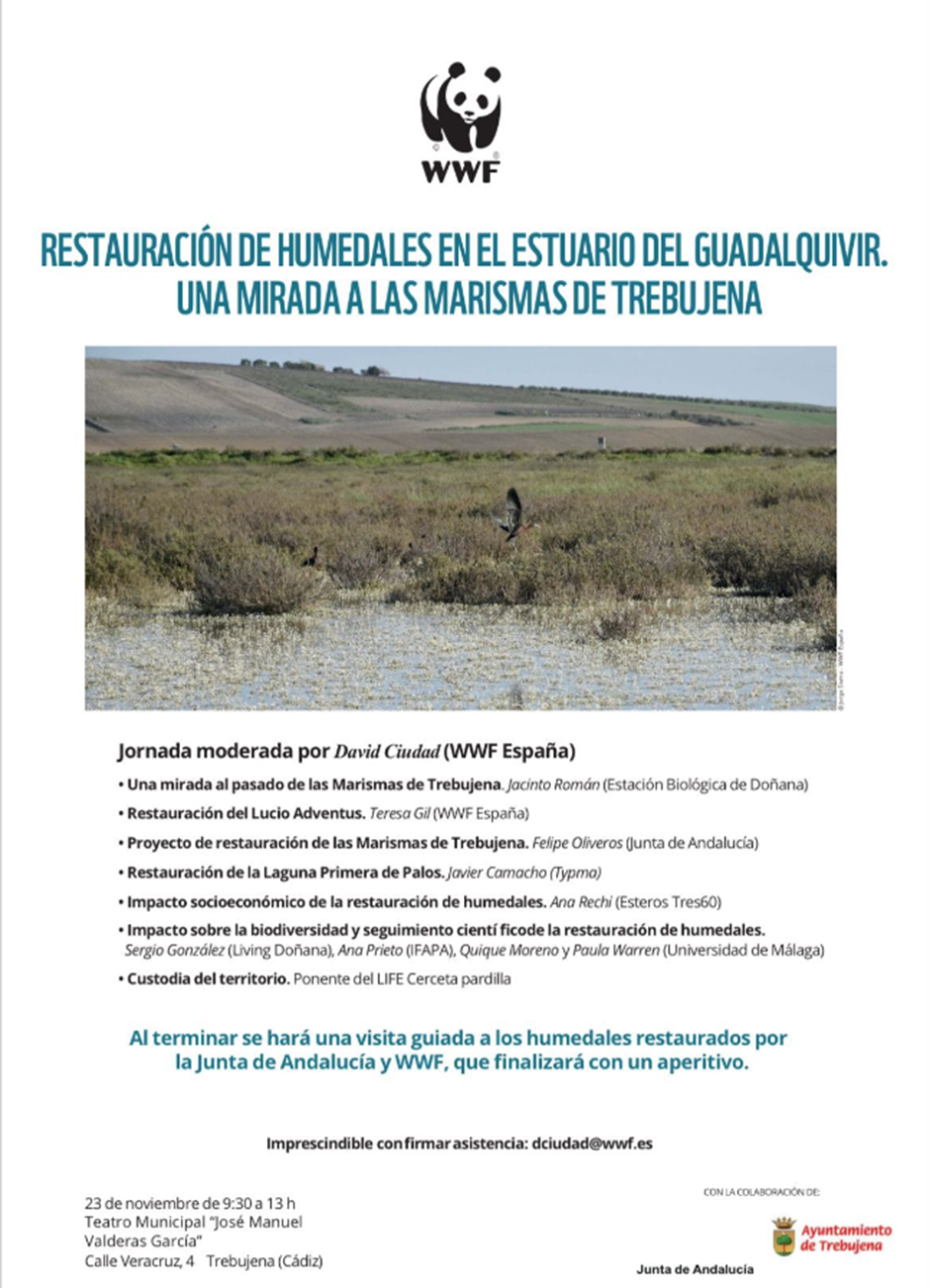
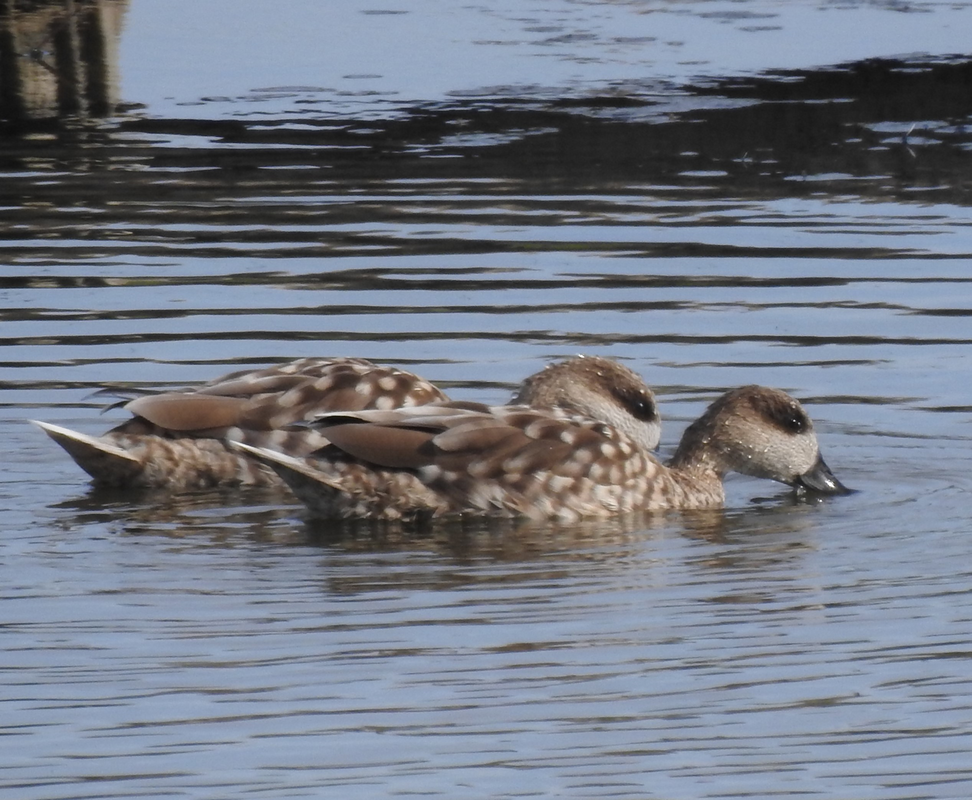
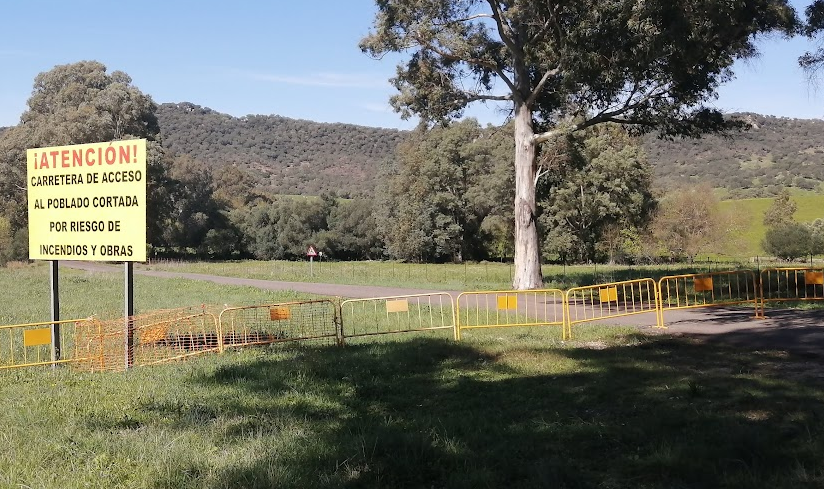
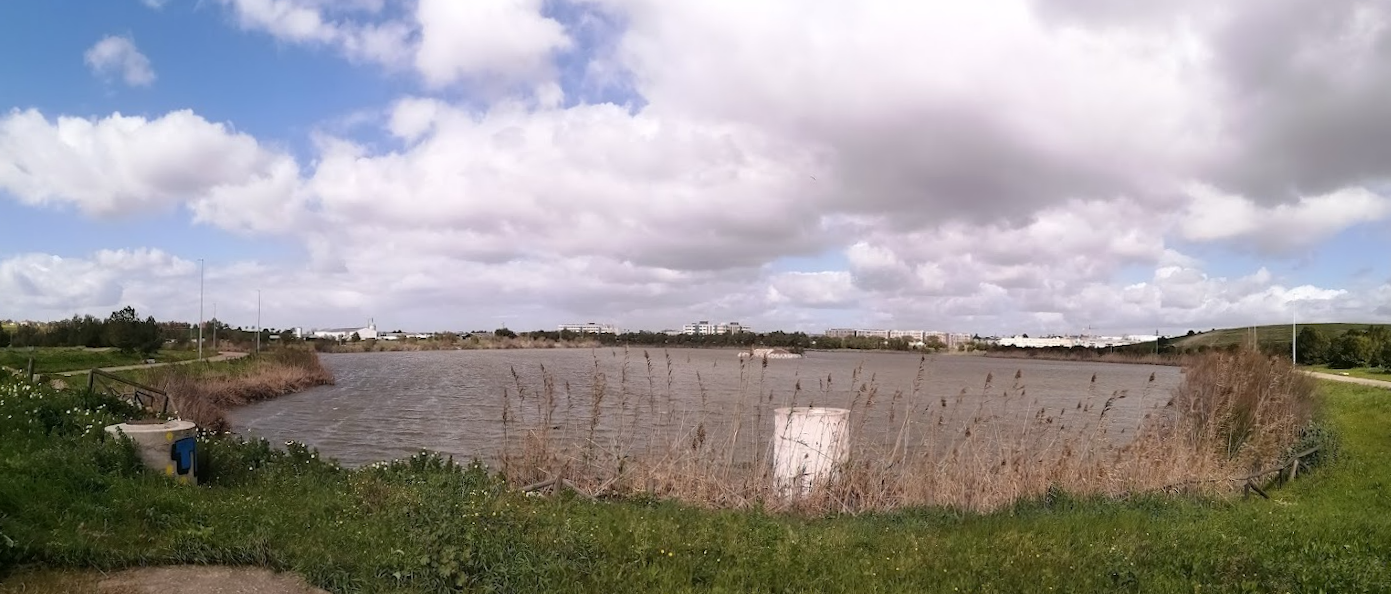
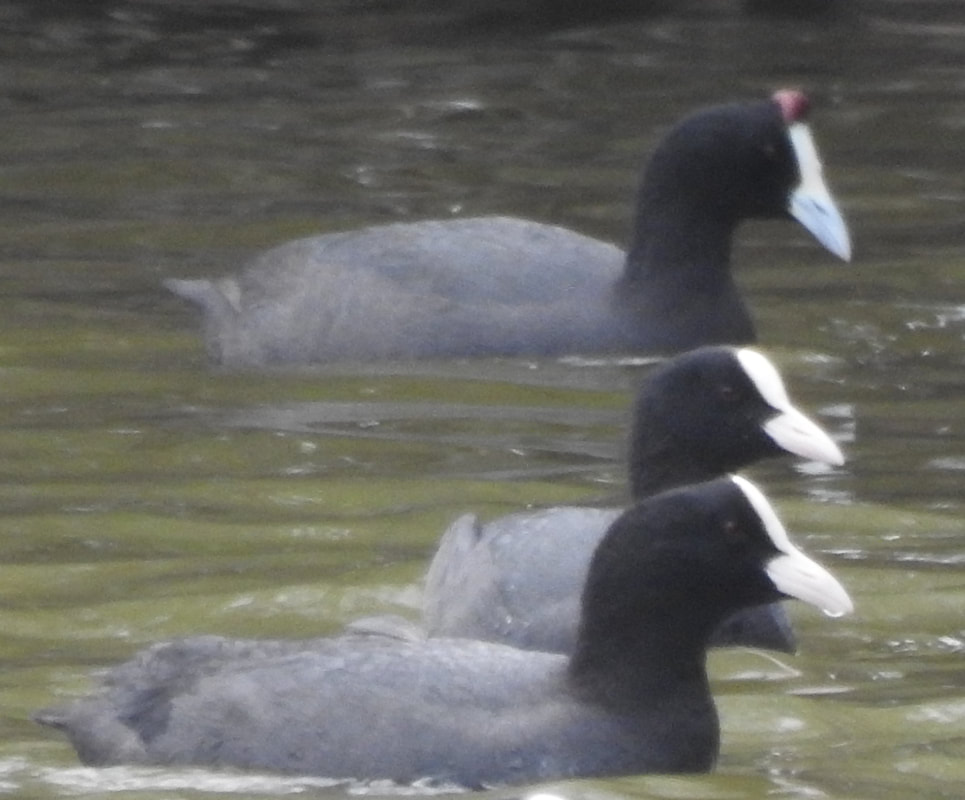
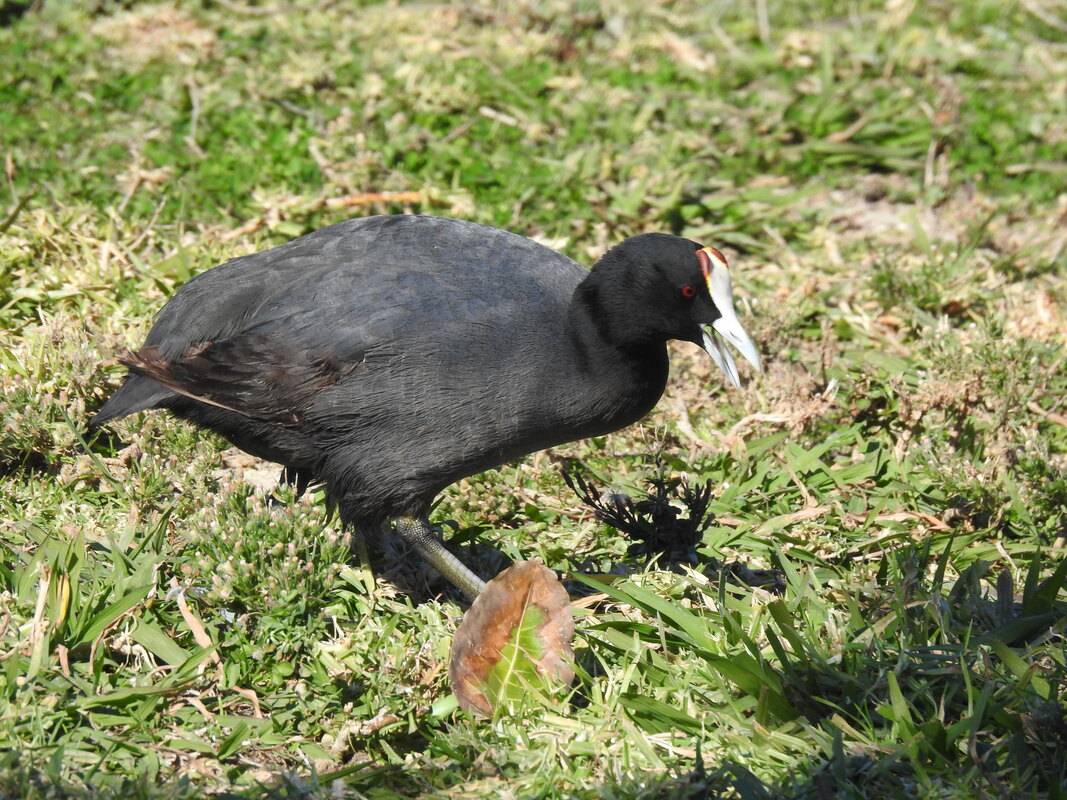
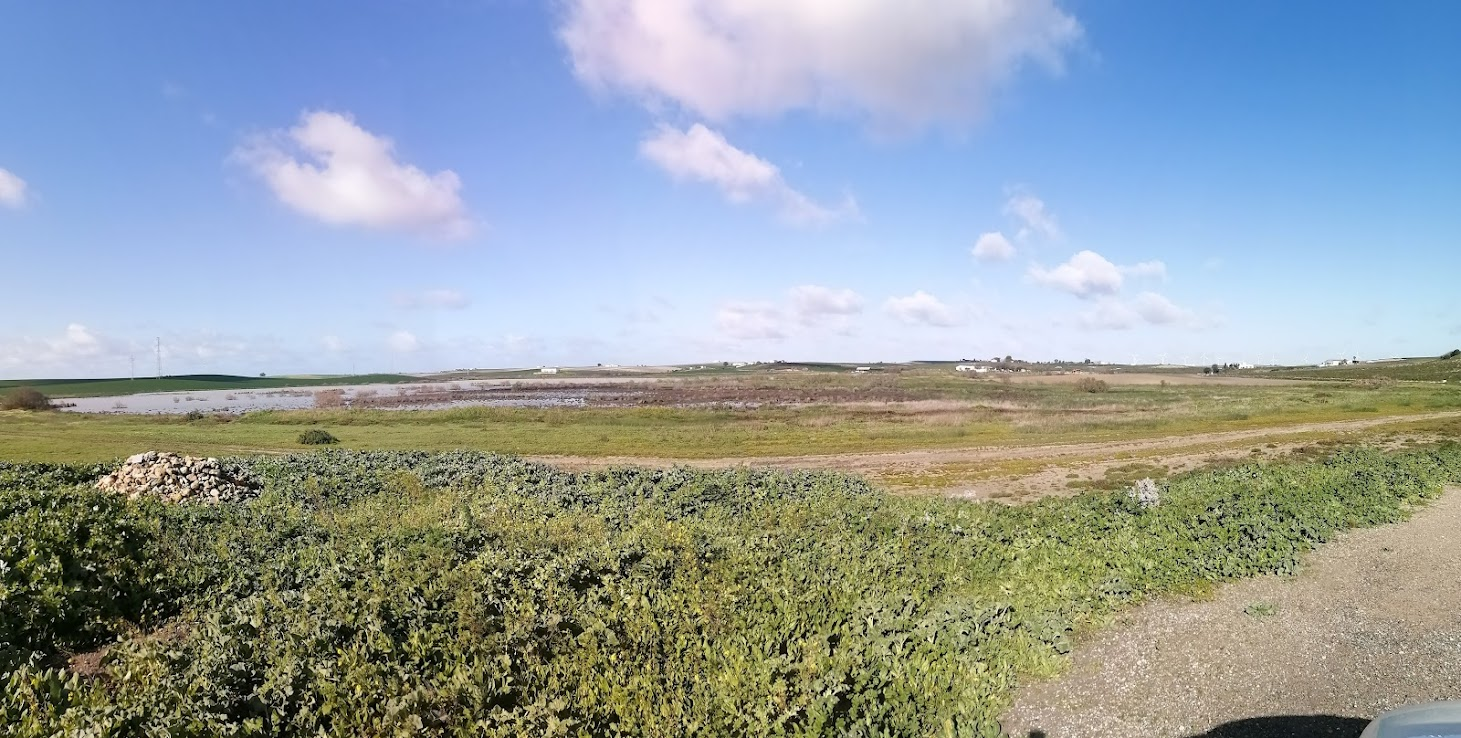
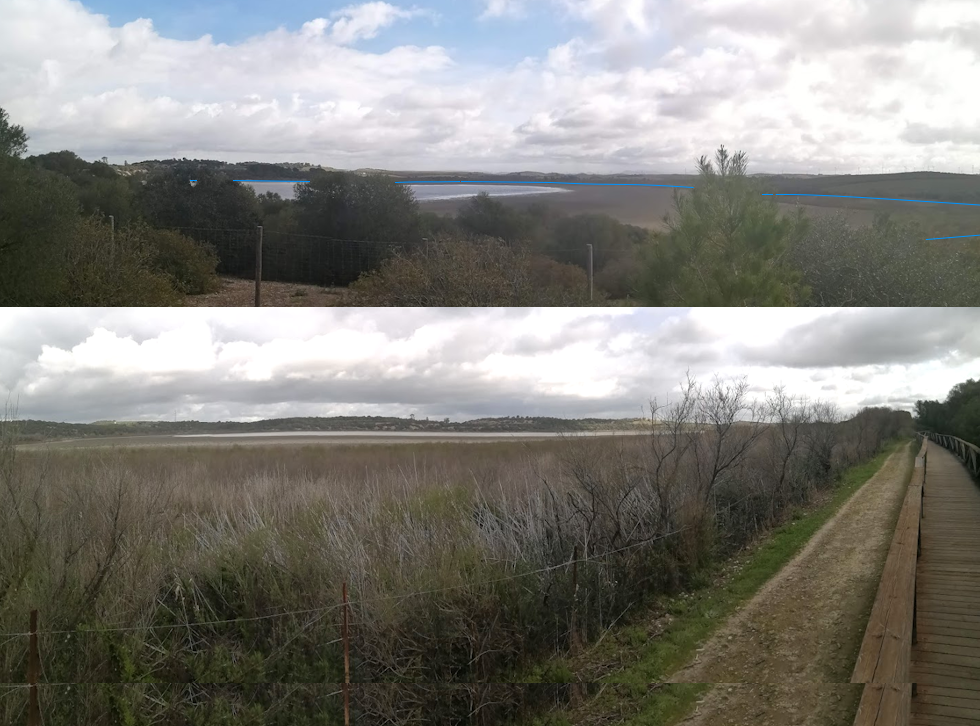
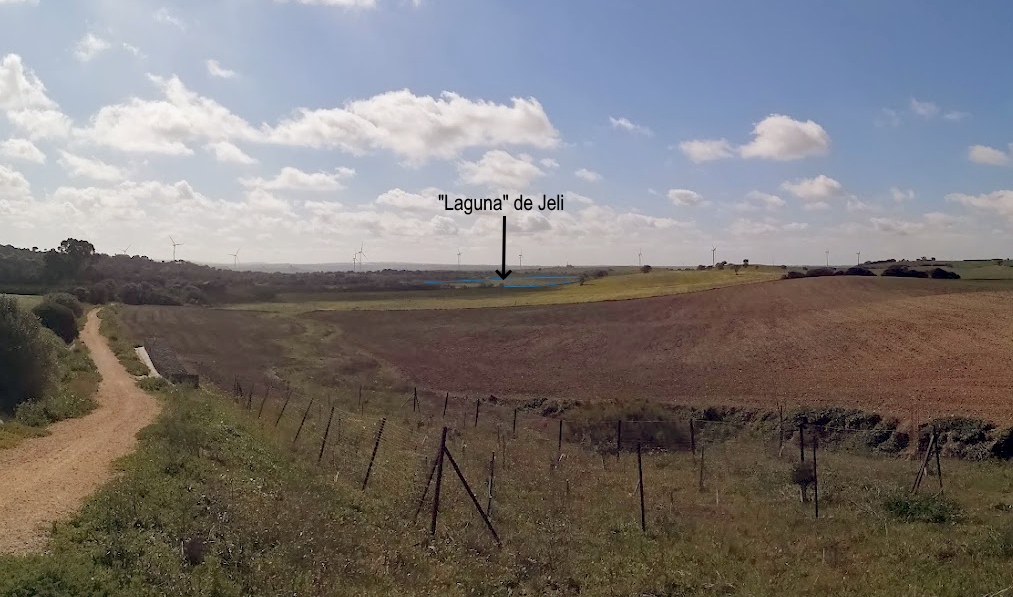
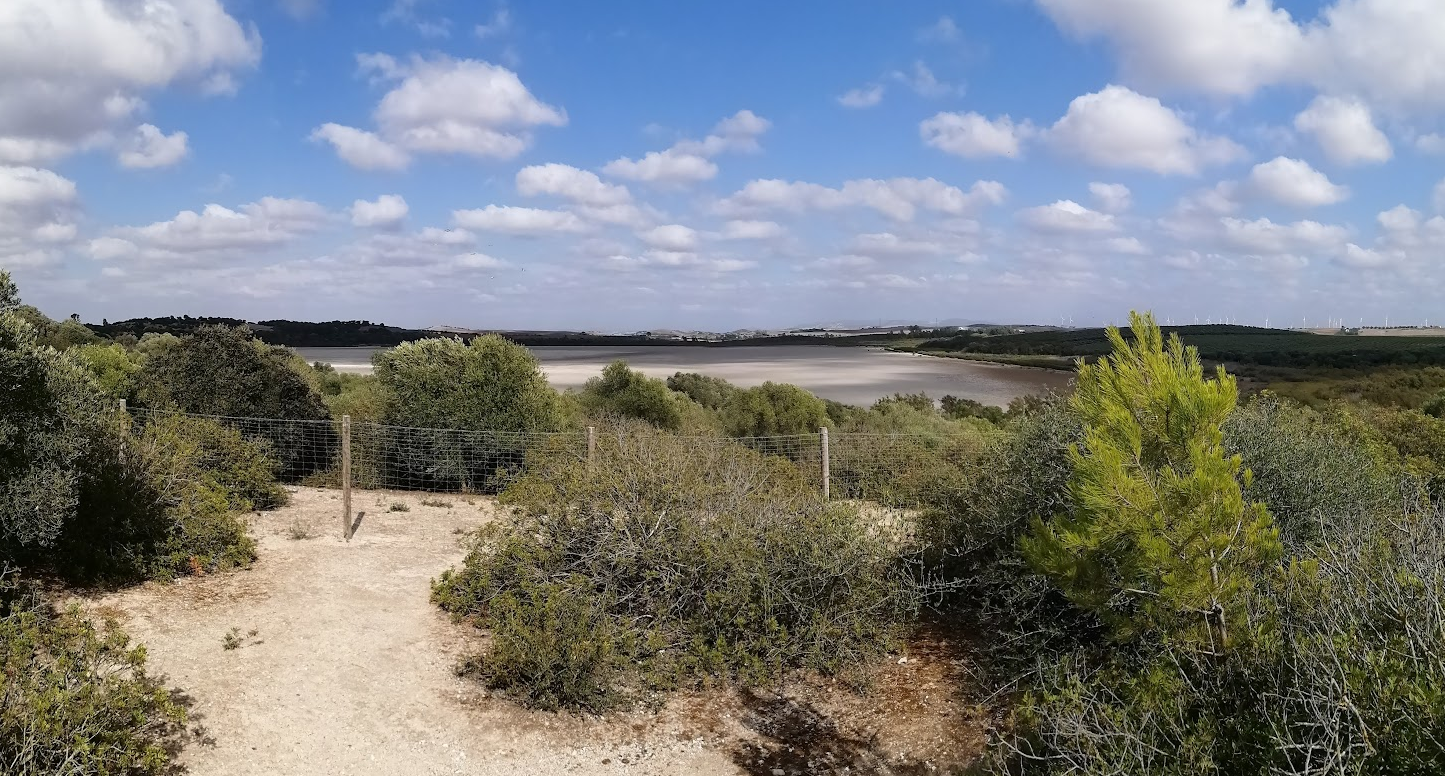
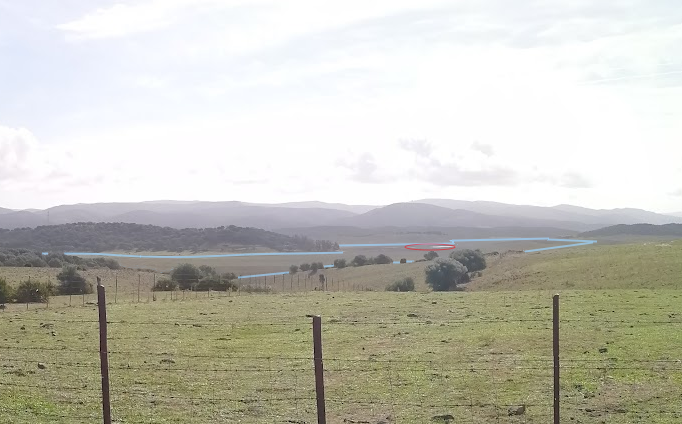
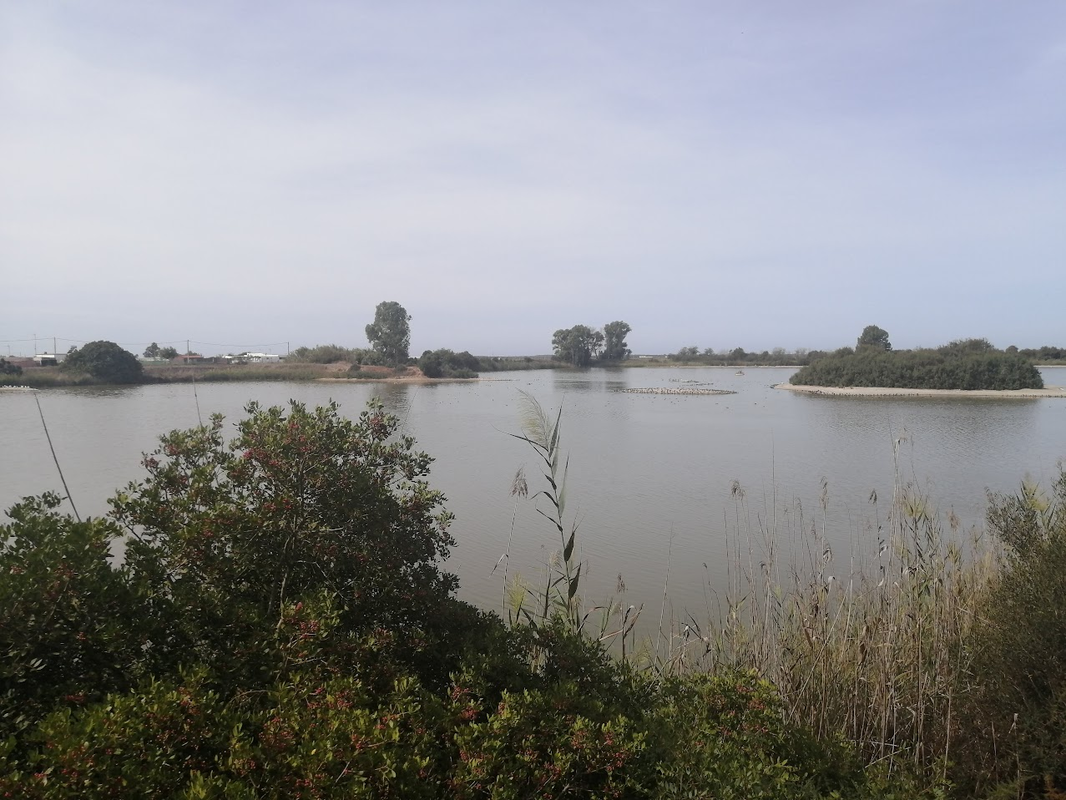
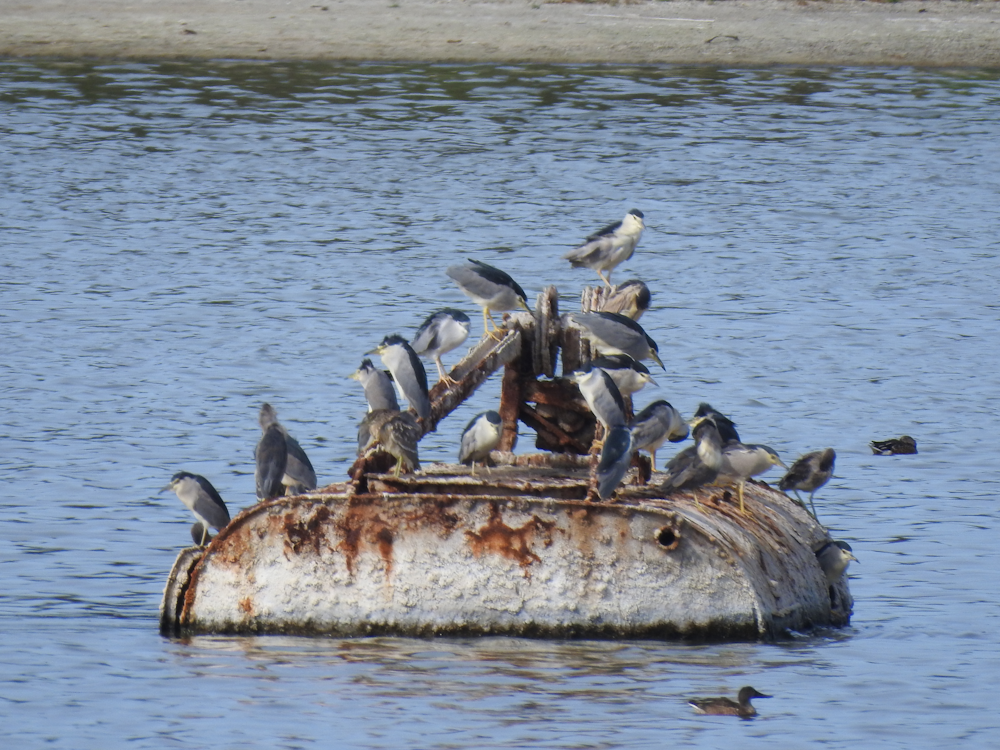
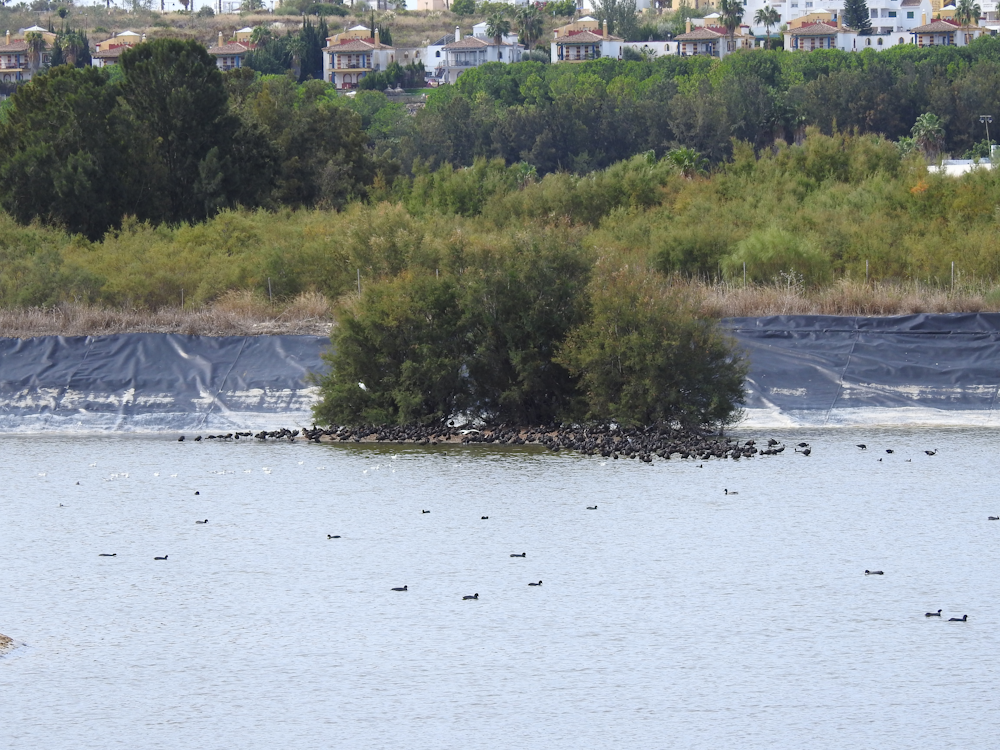
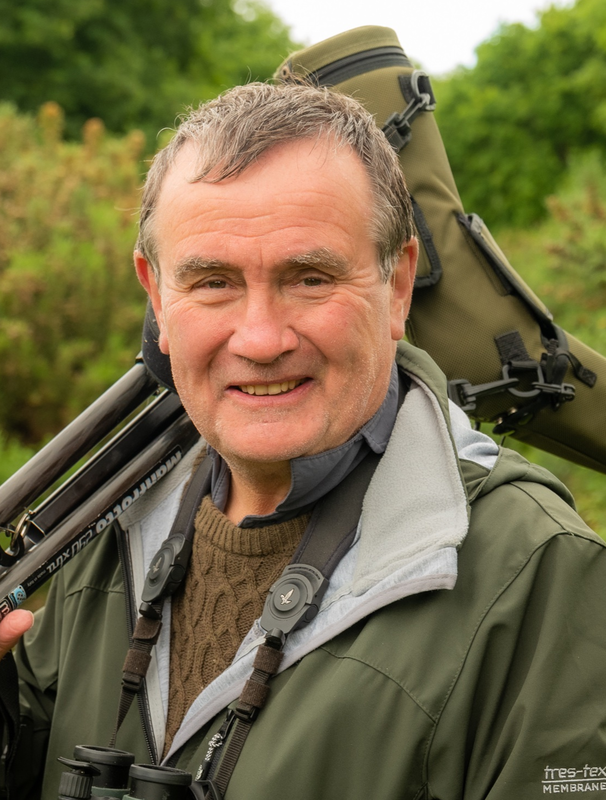
 RSS Feed
RSS Feed
